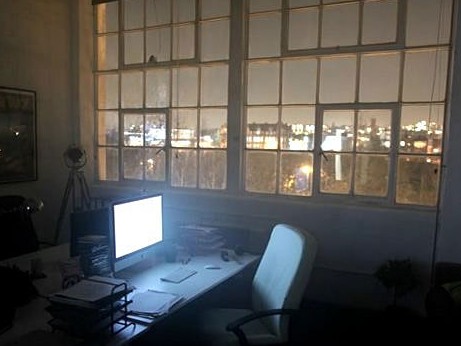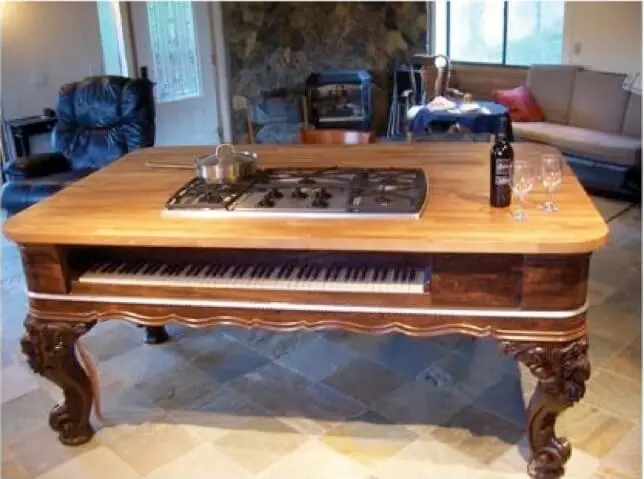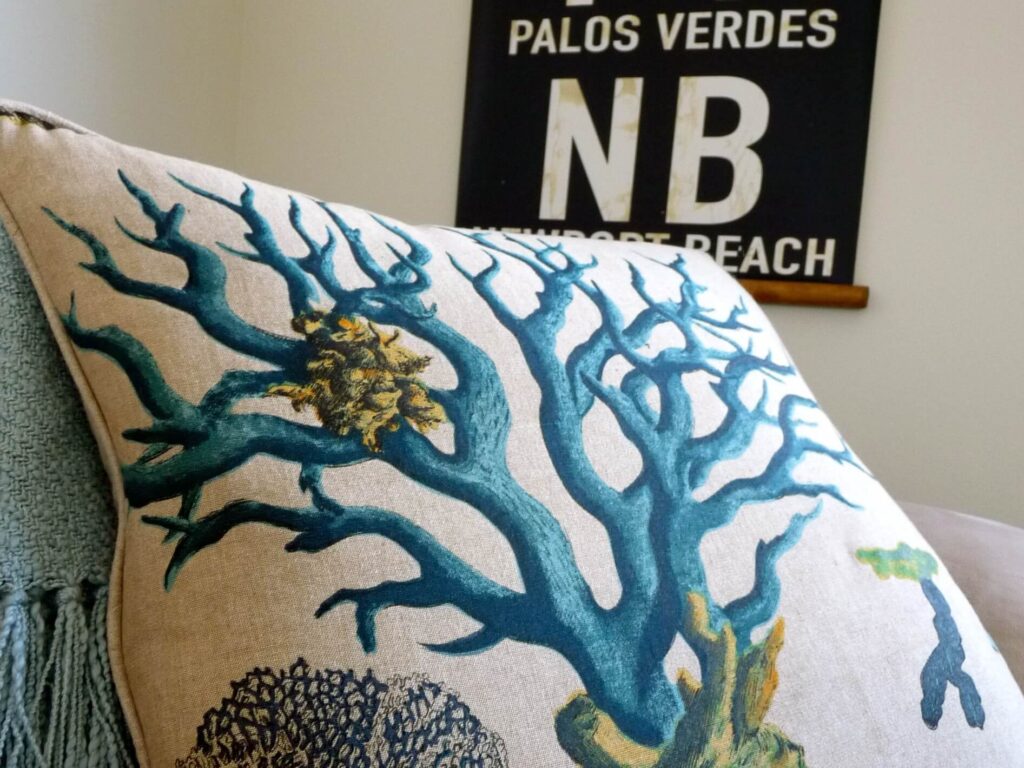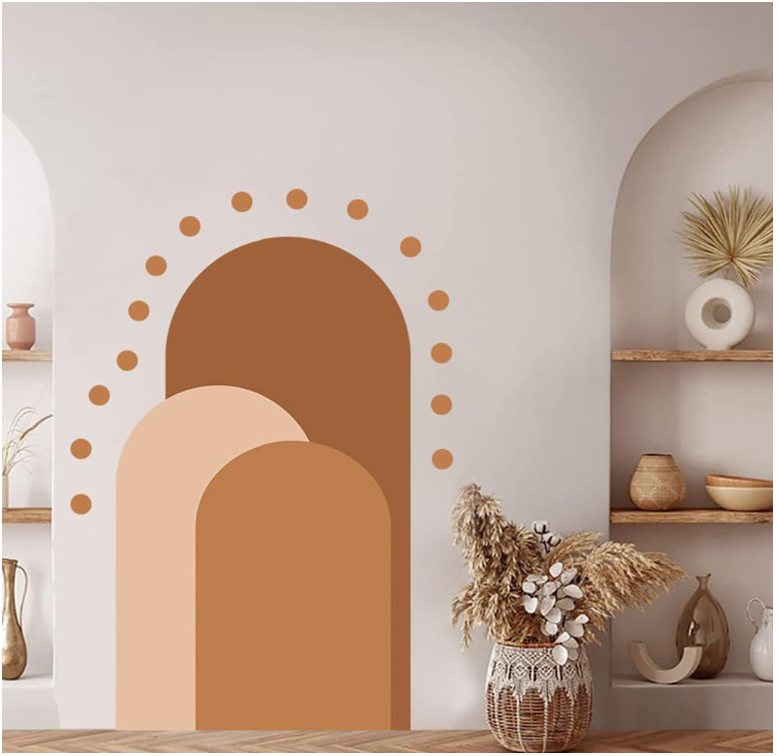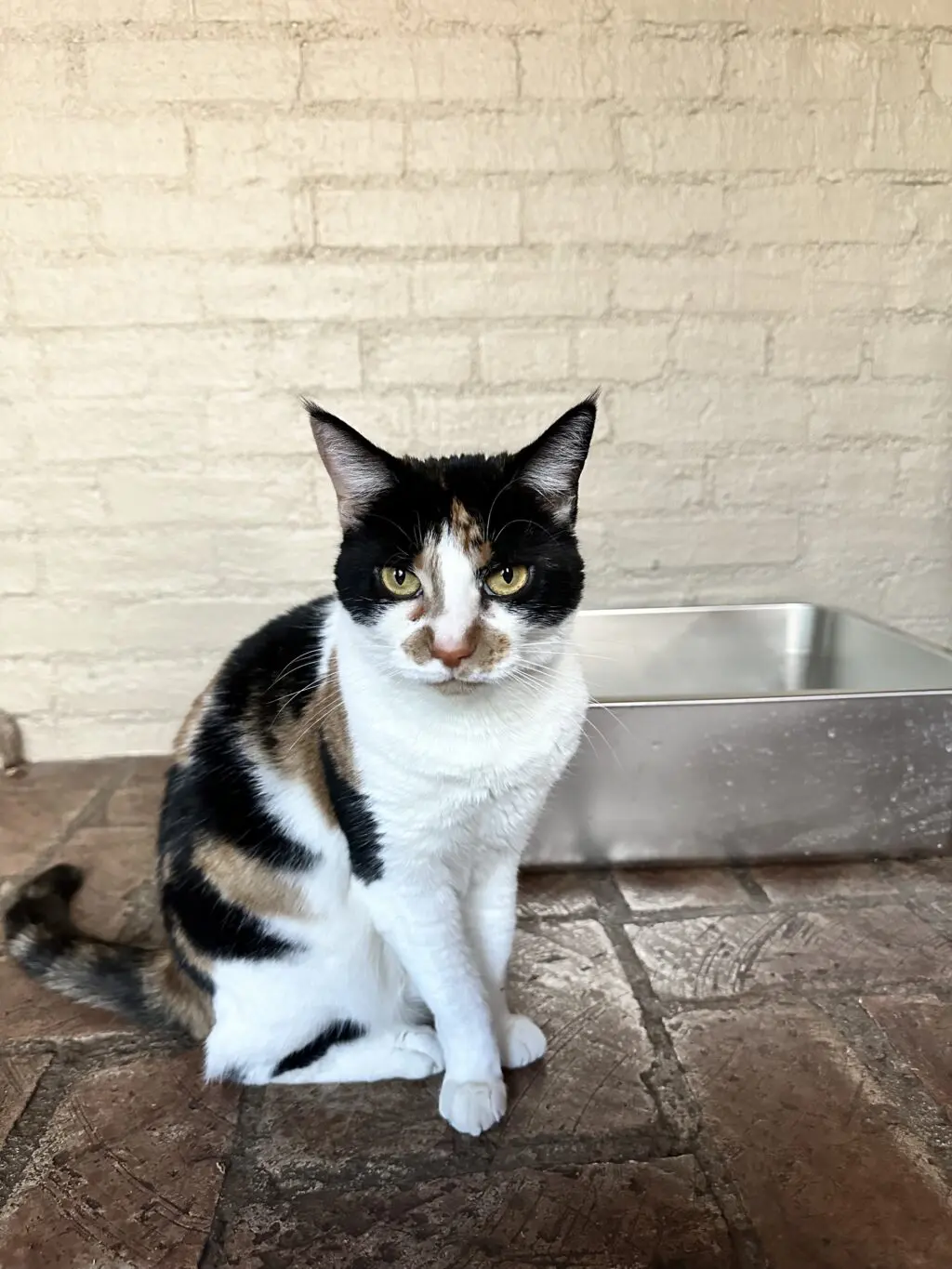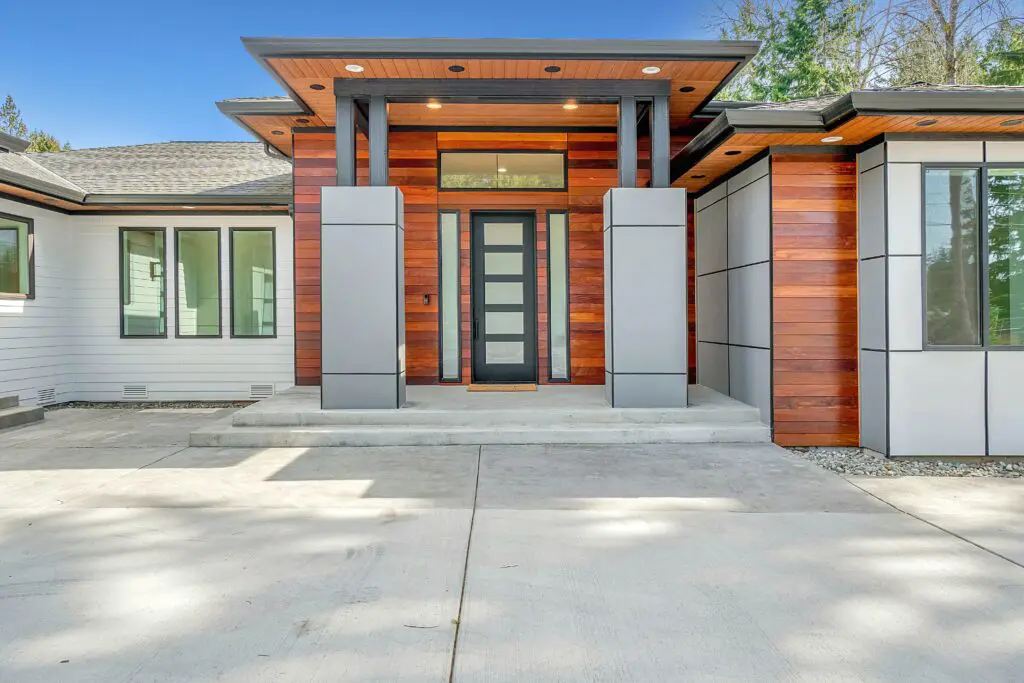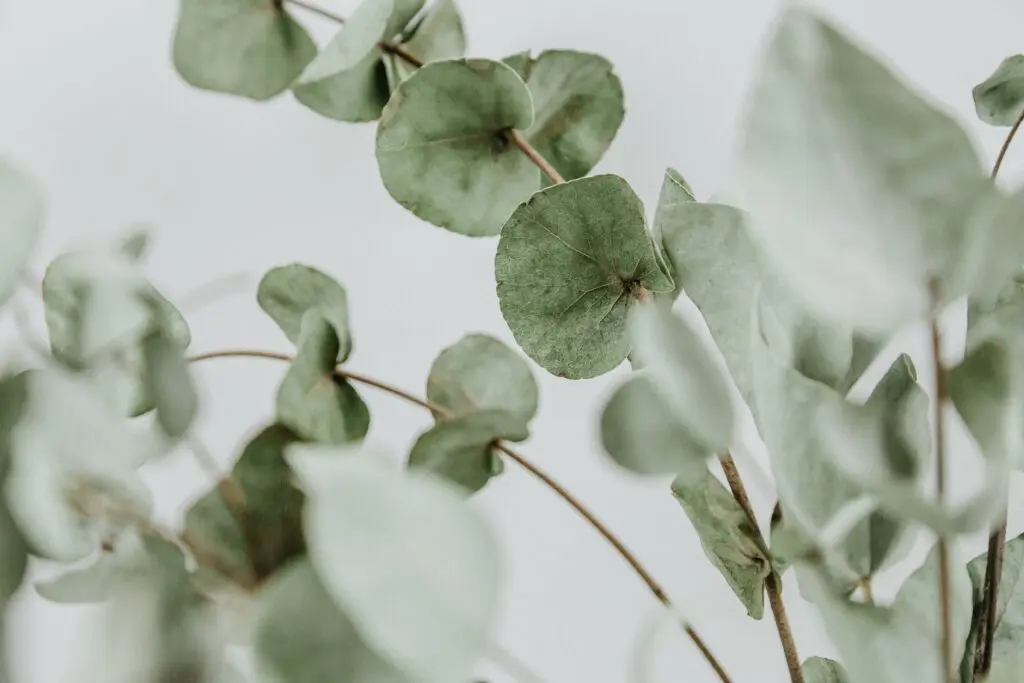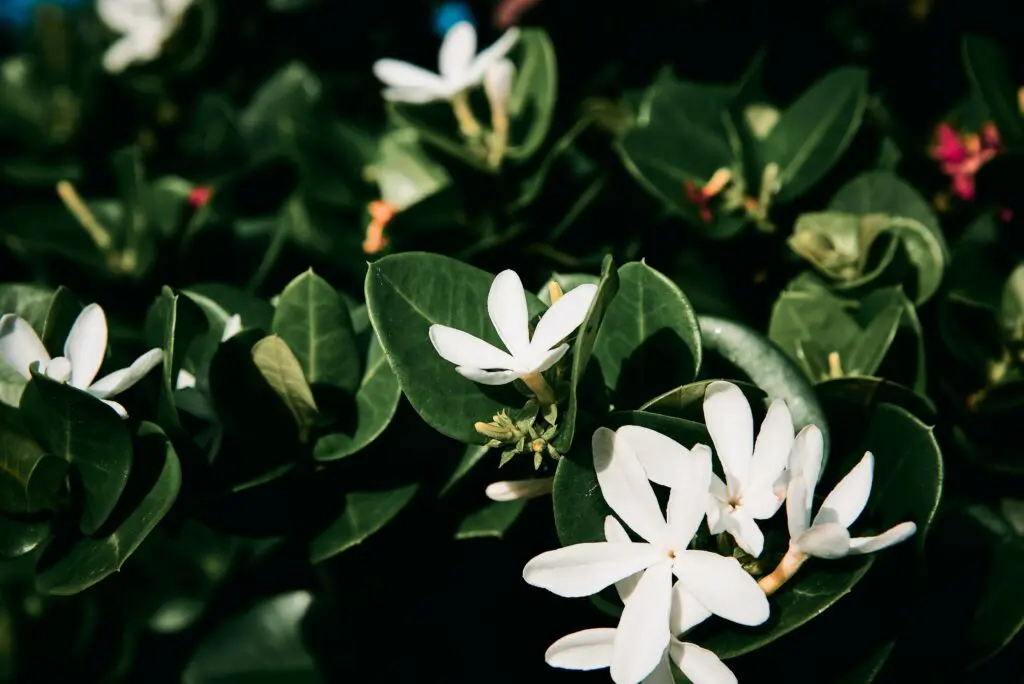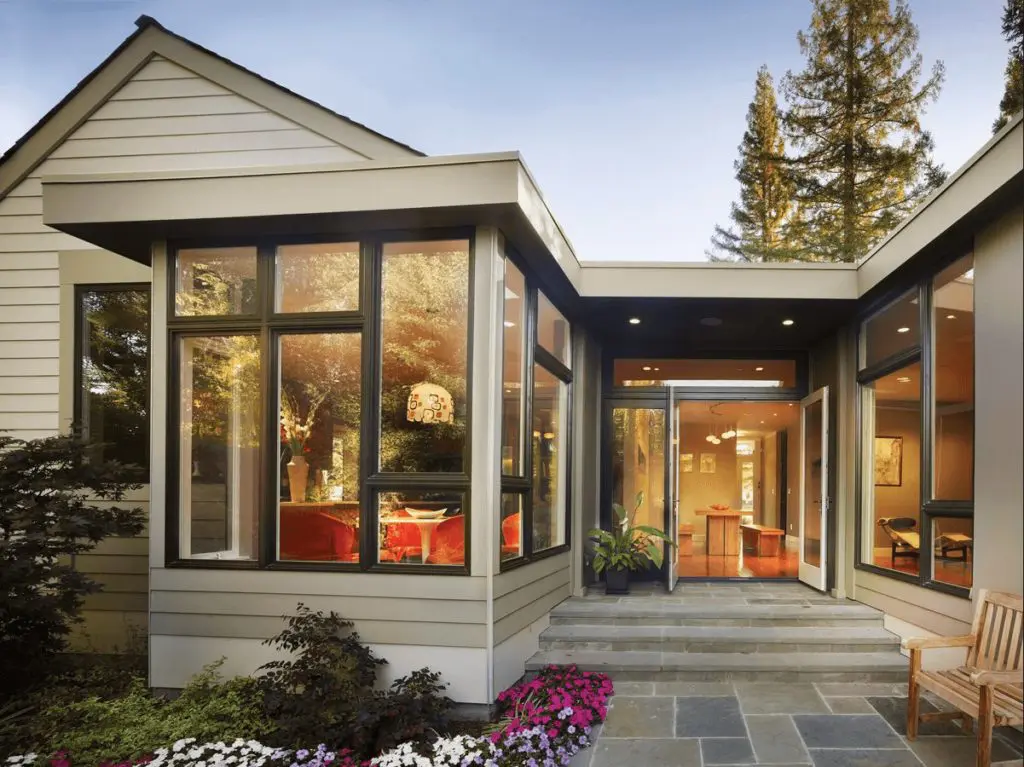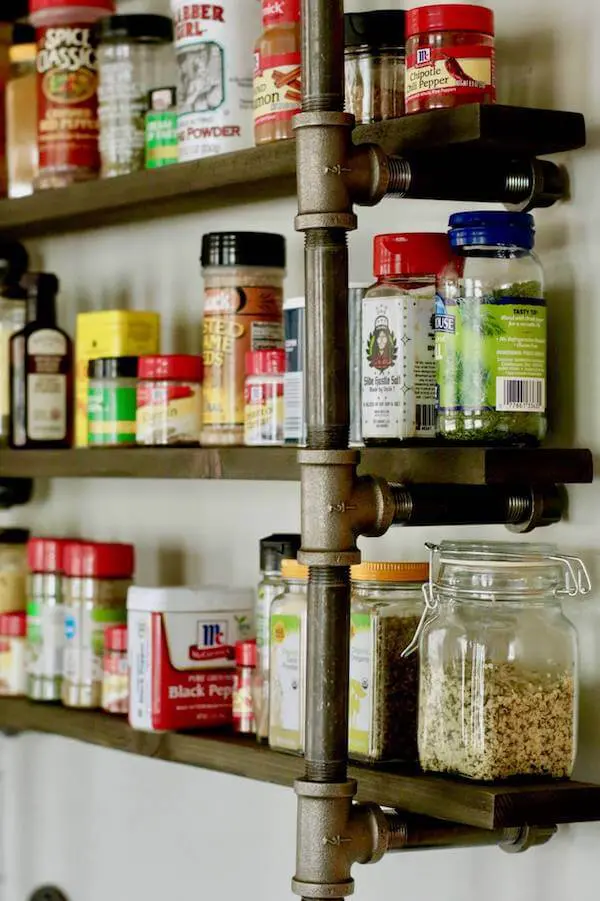It just appeared. In my email inbox, I found this outrageously fantastic project submitted to me by HomeJelly friend Tom Harber; an every day DIYer who decided to tap into his own Mozart and thus compose, or in this case, construct a masterful piece of art that turned into something special. Instead of the conventional kitchen island, Tom was inspired to build this:
 Understandably, I was curious about a few things, so I asked him a few questions:
Understandably, I was curious about a few things, so I asked him a few questions:
Skaie: Did you personally construct/build this island?
Tom: Yes. I saw the non-functional piano in a local used furniture store and was attracted to the intricate legs. There was no top to the piano. I had to remove the heavy metal “harp” inside that has the piano strings in order to accommodate the cooktop. I sanded all the wood and added a silver leaf around some of the detail and put a finish on. The butcher block top is two separate pieces that came from IKEA and were glued together. The gas and electrical connections are within copper tubing that follows the curve of one of the legs.
Skaie: Are you a professional craftsman or designer?
Tom: No.
Skaie: How much, even a ballpark estimate, did this project cost?
Tom: The piano was less than $200. The top was new and was probably $150 for both pieces. The KitchenAid cooktop was a yellow tagged Lowes’ return item.
Skaie: Were you able to use new or used materials, (i.e. the piano)?
Tom: The furniture store owner bought the piano from a guy who pulled it out of the landfill. It had a signature from the maker in the 1880’s if I remember correctly. The butcher block top is new, and so is the cooktop itself.
Skaie: The obvious question: Does the piano still play?
Tom: No. I needed the space inside for the cooktop and gas and electrical connections. For some reason, in my mind, it would be tacky if it still played. I know, some people probably think its tacky anyway. The biggest hurdle was that the piano was extremely heavy to get into the house.
Thank you Tom for sharing this fantastic project along with these great photos.
If you’d like to be featured on HomeJelly, please email your photos (and if you can, please send “before” images as well) to: [email protected].
